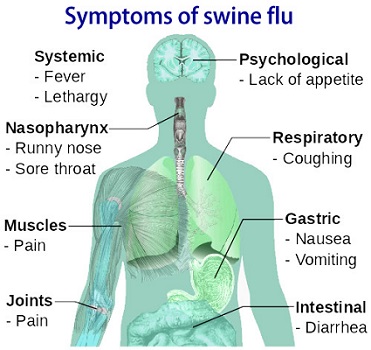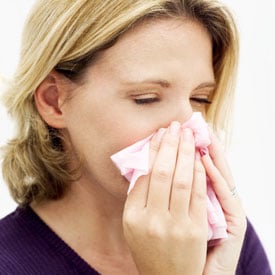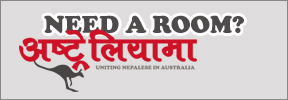Swine Flu (H1N1 Flu)
Feb 28, 2017 under Health and Fitness

What is Swine Flu?
Technically, the term "swine flu" refers to influenza in pigs. Occasionally, pigs transmit influenza viruses to people, mainly to hog farmers and veterinarians. Less often, someone infected with swine flu passes the infection to others.
The human respiratory infection caused by a particular influenza virus H1N1 strain — popularly known as swine flu — was first recognized in spring 2009. A few months after the first swine flu cases were reported, rates of confirmed H1N1-related illness were increasing in much of the world. As a result, the World Health Organization declared the infection a global pandemic.
The pandemic was declared over in August 2010. Currently, H1N1 is still circulating in humans as a seasonal flu virus and protection against this strain was included in the seasonal flu vaccine for 2015-16. Another strain, H3N2 emerged in humans in 2011.


Risk Factors
When it first emerged, swine flu was most common in young adults. This was unusual because most flu viruses attack older adults or the very young. Today, risk factors for getting swine flu are the same as for any other strain of the flu. You’re most at risk if you spend time in an area with a large number of people who are infected with swine flu.
Some people are at higher risk for becoming seriously ill if they’re infected with swine flu. These groups include:
- adults over age 65
- children under 5 years old
- young adults under age 19 who are receiving long-term aspirin therapy
- people with compromised immune systems (due to a disease such as AIDS)
- pregnant women
- people with chronic illnesses such as asthma, heart disease, diabetes or neuromuscular disease


